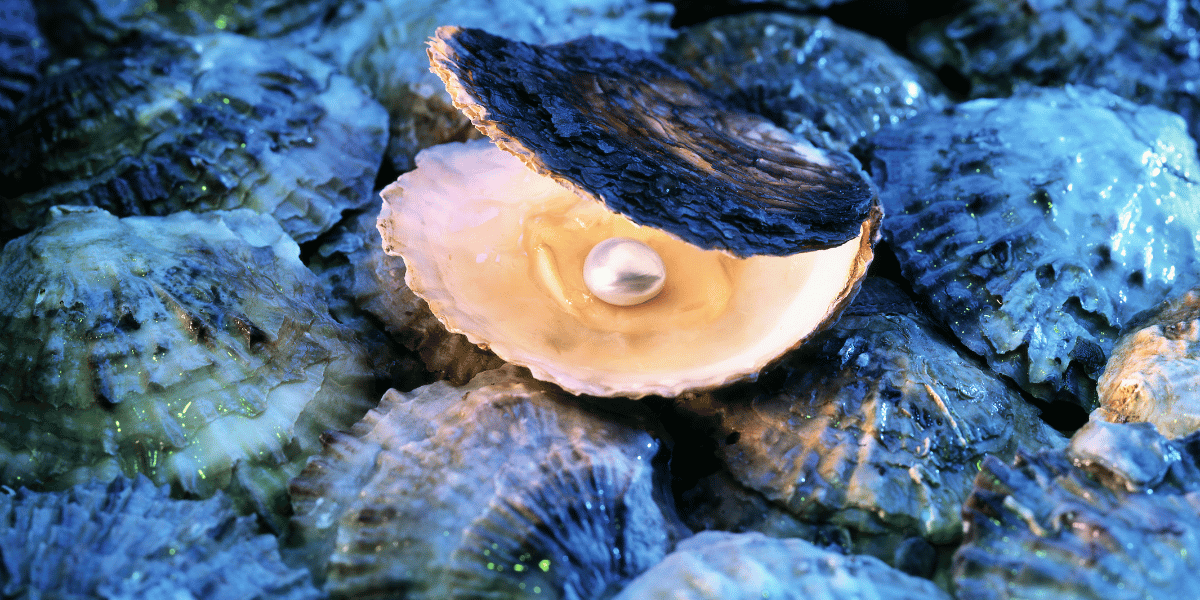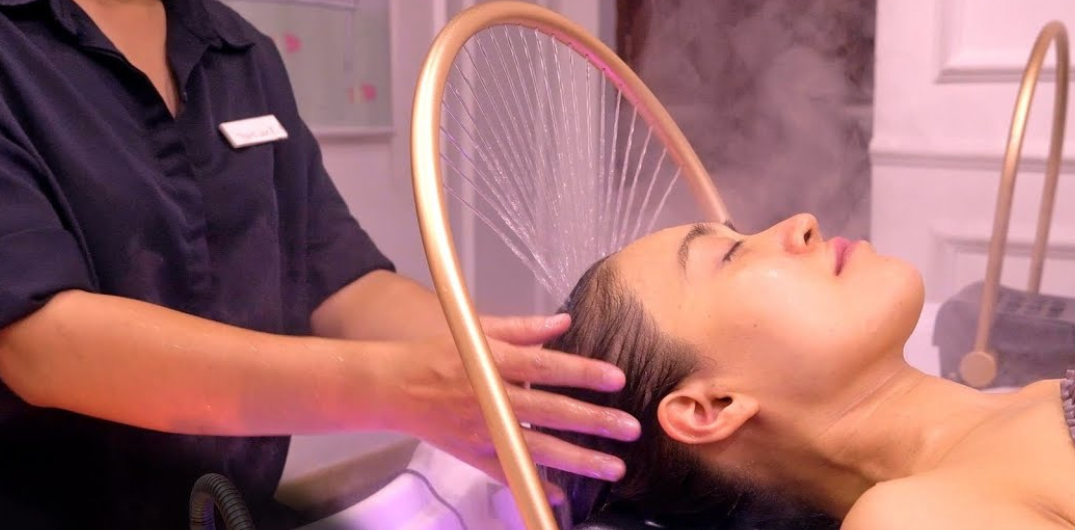Pico Laser Treatments: The Future of Skin Rejuvenation
In recent years, the field of dermatology and cosmetic treatments has seen a remarkable surge in innovative technologies aimed at enhancing skin health and appearance. Among these advancements, pico laser treatments have emerged as one of the most revolutionary methods for skin rejuvenation. Known for their precision, effectiveness, and minimal downtime, pico lasers are increasingly becoming the preferred choice for individuals seeking a non-invasive solution to common skin concerns such as pigmentation, acne scars, wrinkles, and overall skin texture improvement.
This article delves into the science behind pico laser treatments, their benefits, the conditions they treat, and why they are shaping the future of skin rejuvenation.
Understanding Pico Laser Technology
The term “pico laser” refers to a type of laser that emits ultra-short pulses of energy measured in picoseconds—a trillionth of a second. This is significantly faster than traditional nanosecond lasers. The extremely short pulse duration allows the laser to break down pigment particles or target skin imperfections with unprecedented precision while minimizing damage to surrounding tissue.
Unlike traditional laser treatments, which primarily rely on heat to remove skin blemishes or stimulate collagen production, pico lasers work on a principle known as photomechanical impact. The laser delivers energy in rapid bursts, fragmenting pigments and stimulating the body’s natural healing process. This approach ensures quicker recovery, reduced discomfort, and more effective results.
Key Benefits of Pico Laser Treatments
Pico laser treatments offer numerous advantages over traditional skin rejuvenation methods. Here are some of the most notable benefits:
1. Effective Pigmentation Removal
One of the primary applications of pico lasers is the removal of unwanted pigmentation. Sunspots, age spots, freckles, and melasma can all be treated effectively. The laser targets pigment molecules without affecting surrounding skin, allowing for a natural and even skin tone. Many patients notice visible improvement after just one session.
2. Treatment of Acne Scars and Skin Imperfections
Acne scars, particularly those that are stubborn or deep, can be challenging to treat. Pico laser technology penetrates the skin in a controlled manner, stimulating collagen production and breaking down scar tissue. Over multiple sessions, patients often see a significant reduction in scar depth and texture irregularities.
3. Minimally Invasive with Reduced Downtime
Unlike traditional resurfacing lasers, which may require weeks of recovery, pico laser treatments are minimally invasive. Most patients experience only mild redness or swelling that typically subsides within a few hours to a couple of days. This makes pico lasers suitable for busy individuals who cannot afford extended downtime.
4. Versatility in Skin Rejuvenation
Pico lasers are versatile. They can be used to treat a wide range of conditions beyond pigmentation and scars, including fine lines, wrinkles, enlarged pores, and even tattoo removal. This multifunctionality has contributed to their growing popularity in cosmetic dermatology.
5. Safe for Various Skin Types
A major limitation of many traditional laser treatments is the risk of side effects in darker skin tones, such as hyperpigmentation or burns. Pico lasers, with their precise energy delivery, are generally safer for all skin types, including Fitzpatrick skin types IV to VI, which are prone to post-inflammatory pigmentation.
How Pico Laser Treatments Work
Pico laser treatments involve a combination of precise laser energy and the body’s natural healing mechanisms. The process typically includes the following steps:
- Consultation: A dermatologist evaluates the patient’s skin type, concerns, and treatment goals. A tailored treatment plan is created, specifying the number of sessions required.
- Preparation: The skin is cleansed thoroughly, and a topical numbing cream may be applied to ensure patient comfort.
- Laser Application: The pico laser device emits ultra-short pulses of energy that target specific areas of concern. Patients may feel a slight tingling or snapping sensation during the procedure, which is generally well-tolerated.
- Post-Treatment Care: Patients are advised to avoid direct sun exposure, apply soothing creams, and maintain a proper skincare routine to enhance results.
Common Skin Conditions Treated with Pico Lasers
Pico lasers are highly effective for a wide variety of skin concerns. Here are some of the most common conditions treated:
1. Hyperpigmentation and Dark Spots
Melasma, sunspots, and post-inflammatory hyperpigmentation respond exceptionally well to pico laser therapy. The laser breaks down the pigment particles into smaller fragments, which are then naturally eliminated by the body’s immune system.
2. Acne Scars and Textural Irregularities
Acne scars, whether rolling, boxcar, or icepick types, can be significantly improved with pico lasers. The treatment stimulates collagen remodeling, which fills in depressed scars and smooths the skin’s texture over time.
3. Fine Lines and Wrinkles
By stimulating collagen and elastin production, pico lasers help reduce the appearance of fine lines and wrinkles. This effect improves skin firmness and elasticity, giving a more youthful appearance.
4. Tattoo Removal
Pico lasers are among the most effective solutions for tattoo removal. Their ability to shatter ink particles without excessive heat ensures faster fading of tattoos with fewer sessions compared to traditional Q-switched lasers.
5. Skin Brightening and Overall Rejuvenation
Many patients seek pico laser treatments simply for skin rejuvenation. The procedure enhances skin radiance, evens out skin tone, and promotes a healthier, glowing complexion.
Safety and Side Effects
Pico laser treatments are considered safe when performed by trained and licensed professionals. Side effects are usually mild and temporary, including:
- Redness or mild swelling
- Temporary darkening of treated pigmentation before fading
- Minor tingling or sensitivity
Severe complications are rare, especially when proper aftercare is followed. It is crucial to choose a certified dermatology clinic with experience in pico laser treatments to ensure optimal results.
Comparing Pico Laser to Traditional Laser Treatments
Traditional laser treatments, such as Q-switched or fractional lasers, often rely on thermal energy to destroy pigment or resurface skin. While effective, these treatments can cause more discomfort, longer recovery times, and increased risk of pigmentation changes, especially in darker skin types.
In contrast, pico lasers deliver energy in picosecond pulses, which is faster and more precise. This precision reduces the risk of burns and hyperpigmentation while promoting faster healing and more natural-looking results. Additionally, the versatility of pico lasers allows them to target multiple skin concerns in a single session, something traditional lasers cannot always achieve.
What to Expect During a Pico Laser Session
A typical pico laser session lasts between 20 to 40 minutes, depending on the area being treated. Patients may experience a snapping sensation as the laser pulses interact with skin tissues, but the discomfort is generally mild. Most treatments require multiple sessions spaced several weeks apart to achieve optimal results.
After the procedure, patients are advised to:
- Avoid sun exposure and use a high SPF sunscreen
- Apply gentle moisturizers to soothe the skin
- Avoid harsh skincare products for a few days
Results gradually appear as collagen is stimulated and pigmentation is broken down, with many patients noticing visible improvement after the first session.
Who is a Candidate for Pico Laser Treatments?
Pico laser treatments are suitable for most individuals seeking non-invasive skin rejuvenation. Ideal candidates include:
- Those with hyperpigmentation, sun damage, or age spots
- Individuals with acne scars or textural irregularities
- People seeking tattoo removal
- Those with fine lines or mild wrinkles looking for skin rejuvenation
However, pregnant or breastfeeding women, individuals with active skin infections, or those with certain medical conditions should consult their dermatologist before undergoing treatment.
The Future of Skin Rejuvenation with Pico Lasers
The development of pico laser technology marks a significant milestone in aesthetic dermatology. Its precision, versatility, and safety profile position it as the future of skin rejuvenation. Research continues to expand its applications, from improving chronic scars to enhancing overall skin health. With increasing demand for non-invasive cosmetic procedures, pico lasers are likely to remain at the forefront of innovative skin treatments for years to come.
As technology evolves, we can expect even more advanced pico laser devices capable of targeting deeper layers of the skin, reducing session times, and providing even more personalized treatment plans. This innovation not only improves patient satisfaction but also broadens the scope of dermatology by offering safe, effective solutions for a wide range of skin concerns.
Conclusion
Pico laser treatments represent a transformative approach to skin rejuvenation, offering a highly effective, minimally invasive alternative to traditional laser therapies. By delivering ultra-short pulses of energy, pico lasers precisely target pigmentation, acne scars, fine lines, and other skin imperfections, promoting collagen production and faster healing.
With their minimal downtime, safety across various skin types, and versatility in treating multiple skin concerns, pico lasers are shaping the future of cosmetic dermatology. As technology continues to advance, these treatments will likely become even more effective, accessible, and integral to modern skin rejuvenation practices.
For anyone seeking a safe, efficient, and innovative solution to enhance their skin’s appearance, pico laser treatments offer a glimpse into the future—a future where radiant, youthful, and healthy skin is achievable without invasive procedures or prolonged recovery times.




